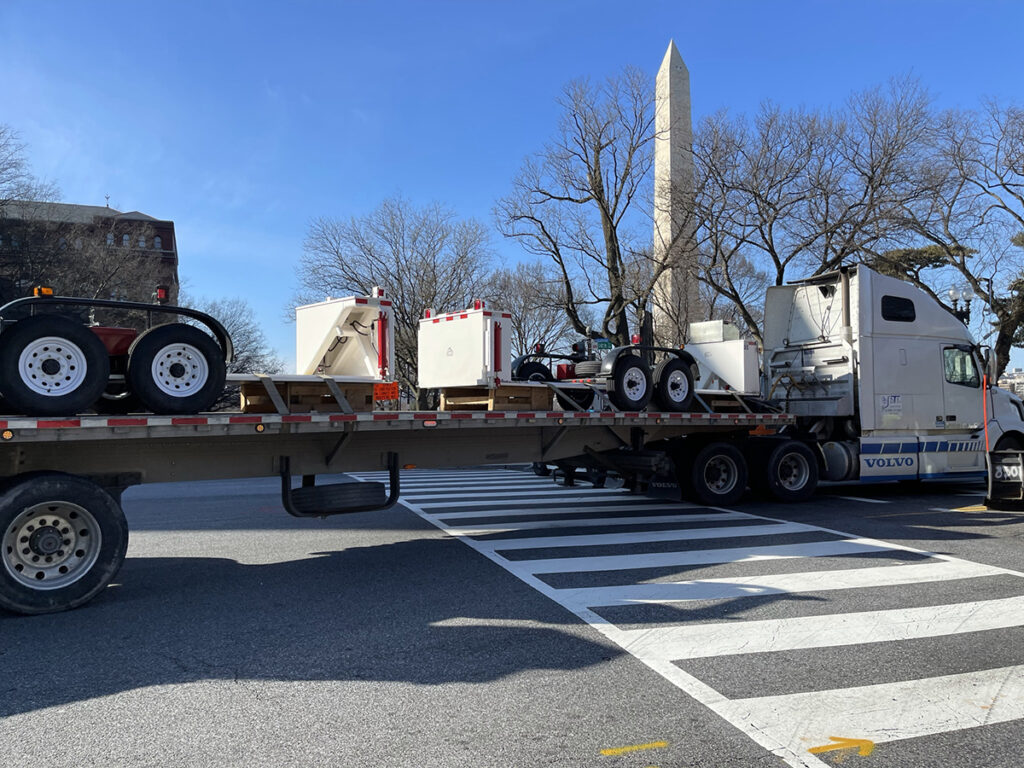Lessons Learned From Capitol Insurrection

In October 2020, the United States Department of Homeland Security identified domestic terrorism and violent extremism as one of the most significant threats facing the nation. The FBI warns that it is the foremost terrorism threat of 2021. On January 6th, we all watched in horror as violent domestic extremists stormed the U.S. Capitol in Washington, D.C., while both houses of Congress were in session.
An unruly mob of thousands with ties to neo-Nazis, white supremacists, and extremist militias descended on the Capitol. They scaled the walls and broke down doors and windows. They fired chemical agents, carried explosives, and used flagpoles as weapons. They assaulted law enforcement officers, defaced federal property, and came prepared to capture or kill lawmakers, who were fortunately evacuated before the rioters reached the floor of either chamber. Altogether, five people died as a result of the armed insurrection, one of them a Capitol Police officer who died of wounds sustained trying to quell the attack.
Authorities in Washington were aware ahead of time that a demonstration was planned for that date and thought they had prepared for every contingency. They were later proved wrong. Nevertheless, authorities in Washington and across the nation seem to have learned from what went wrong and applied the lessons in a very short amount of time. The presidential inauguration scheduled two weeks later at the Capitol went off without a hitch. Though there were reports of violent protests planned at all 50 state capitols on that date, things were relatively quiet, with only a few small demonstrations.
Like the rest of the nation, we at Delta Scientific were shocked and saddened to see the events of January 6th play out at the Capitol. Nevertheless, we view this as an opportunity to learn from past mistakes and do better in the future. We want to do our part to help, so here are some products that we believe would be useful for securing government buildings.
Portable Barriers
Portable barriers and bollards can be deployed on either a short-term or long-term basis. They are easy to set up and take down, so they can be installed in response to a specific threat or they can remain up permanently to meet any possible attack. The U.S. Capitol is located in the heart of Washington, and state capitol buildings may be similarly situated in their respective cities. Portable barriers may be a good solution for these buildings because they do not require digging down into the surface where they might disturb existing utility lines.
Traffic Spikes
To restrict access to those who wish to carry out terroristic attacks against the national and state capitols, those in charge of each building may wish to redirect nearby traffic so that it is only one way. When traffic is less dense, surveillance of the area may be easier. Motorized traffic control spikes puncture the tires of any vehicle traveling the wrong direction while allowing one-way traffic to pass unimpeded.
We hope that government buildings large and small can make good use of our products in the interest of preventing another grand-scale attack by domestic violent extremists.
Sources:
https://www.nytimes.com/interactive/2021/01/12/us/capitol-mob-timeline.html
https://www.npr.org/sections/insurrection-at-the-capitol
https://abc7chicago.com/domestic-terrorism-fbi-us-capitol-building-the-internet/9634442/
https://www.dhs.gov/sites/default/files/publications/2020_10_06_homeland-threat-assessment.pdf
Share This Story, Choose Your Platform!
